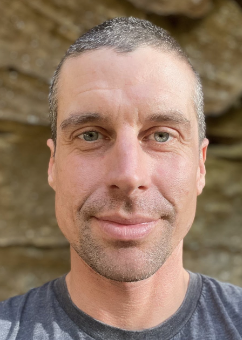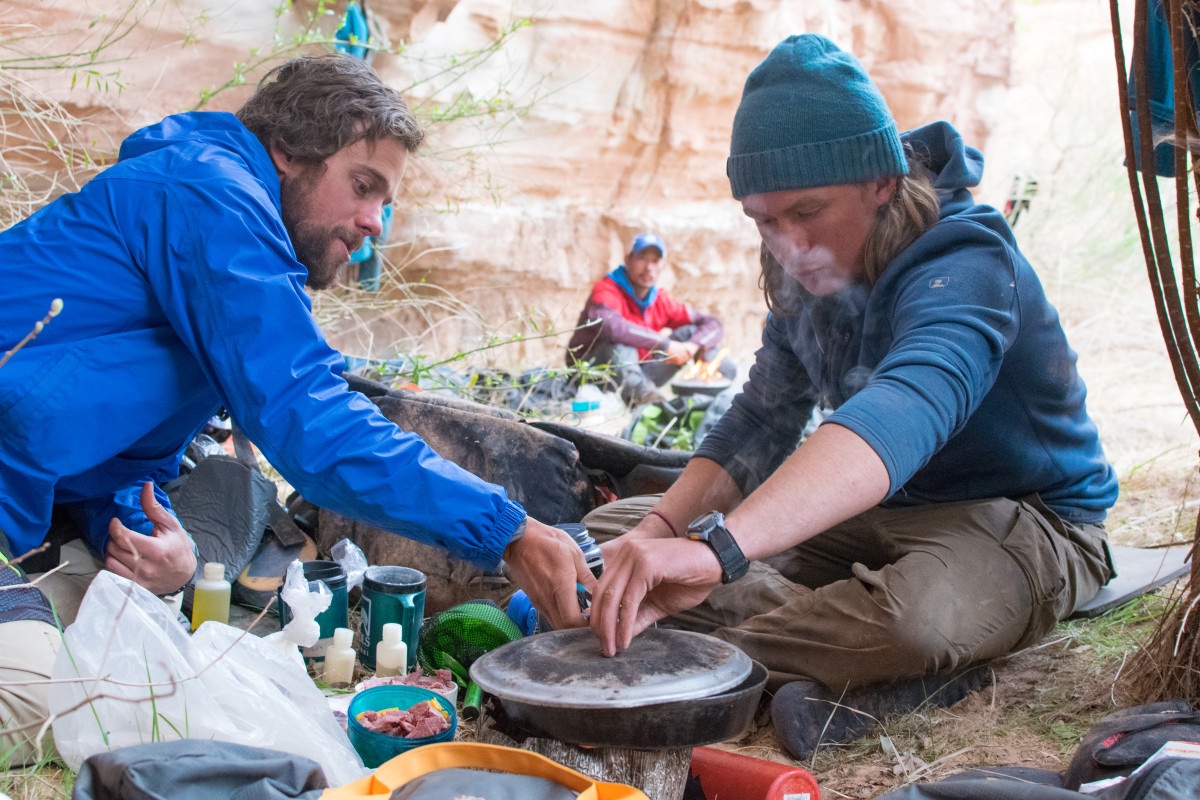The Setting
You and your climbing partner are on Day 1 of a dream rock climbing trip to the Greek Island of Kalymnos. Your partner makes their way to the top of their second route of the day as the smell of salt water hits your nose from the nearby Aegean Sea. The cliff is a bit crowded, and everyone enjoys the beautiful blue and gray featured limestone the island is famous for. Focused on your partner, you see another climber in your periphery take a fall after a small hold breaks. The climber swings hard, feet first, into the wall. The rope catches the fall, and the climber immediately grabs their ankle and screams in German. You look up at your partner, who is at the top of the route, and signal that our wilderness medicine skills will be needed.
Immediately, people on the ground run over to the injured woman, encouraging her belayer to lower her slowly to the ground. Looking over, you can clearly see her left ankle is deformed as she reaches the ground 15 feet to your right. A person starts yelling for a doctor, and you respond that you are a wilderness first responder and your partner is a Wilderness EMT. Once you safely lower your partner, you both take a deep breath and size up the scene. One person is on the phone with 112 (European 911), struggling to explain which exact island you are on. You both realize that it will be a while before help arrives. The scene is safe to approach, and no one is climbing above the injured person. You reach into your first-aid kit to grab some gloves and then walk over to introduce yourself and gain consent. You are grateful that the patient speaks English.
Your partner begins to check life threats while you explain to the other people trying to help that we need to slow down and perform a complete patient assessment. Your patient clearly appreciates you both jumping in to help and also containing the crowd.
 Photo by: Prerna Dangiq
Photo by: Prerna Dangiq
SOAP Report
Subjective
The patient is a 37-year-old female whose chief complaint is pain in their left ankle resulting from a climbing fall. The patient is currently A+Ox4.
Objective
Patient Exam: The head-to-toe revealed a deformed left ankle. The patient has decreased motion in the left foot but can wiggle their toes and has good circulation and sensation. You find no other injuries, pain, or tenderness from your physical exam. The patient denies head, neck, and back pain, and there was no loss of consciousness.
Vital Signs
|
Time |
3:30 pm |
|
Level of Responsiveness (LOR) |
A+Ox4 |
|
Heart Rate (HR) |
78, strong/regular |
|
Respiratory Rate (RR) |
14 regular/easy |
|
Skin Color, Temperature, and Moisture (SCTM) |
Pink, warm, dry |
|
Blood Pressure (BP) |
Radial pulse present |
|
Pupils |
Pupils equal, round, responsive to light (PERRL) |
|
Temperature (T°) |
Not taken |
History
|
Symptoms |
Pain in left ankle. |
|
Allergies |
Penicillin, no recent exposure. |
|
Medications |
Antidepressants. |
|
Pertinent Hx |
Patient denies any pertinent history. |
|
Last in/out |
Patient had adequate fluid and food intake. Outputs are unremarkable. |
|
Events |
Handhold broke resulting in fall. |
Pause here
What is your assessment and plan? Take a few minutes to figure out your own assessment and make a plan.

Assessment
• The patient has an unusable left ankle injury.
Plan
Anticipated problems
- Language barrier with EMS and other rescuers
- Carrying the patient through rough terrain
End of the Tale
This case study is based on a true story. When my partner and I (a WEMT and WFR, respectively) arrived to offer assistance, people were trying to help with little training. It was a crowded cliff with folks from all different backgrounds, speaking different languages. This presented a challenging dynamic to manage!
Our goal was to complete a full patient assessment to gather as much information as possible, which would allow us to make the best decisions for the patient. Providing good psychological care, advocating for the patient, and, most importantly, including the patient in the decision-making process helped greatly in managing this unique situation.
A splint was built using the patient's materials, including items from their first aid kit and inside their climbing pack. Our goal was to create a splint that was well padded, adjustable, and rigid, allowed us to check the circulation, sensation, and motion (CSM), and immobilized the long bones above and below this joint injury. The splint allowed us to protect the injury and more easily transport the patient to the parking lot.
Written By
Vincent Casillo
Vinny Casilio is a trained Wilderness First Responder and is currently a NOLS Wilderness Medicine Faculty Member. He has experience as a ski and climbing guide. Vinny is currently studying Bioinformatics at the University of Arizona, and aims to merge his interests in biology, technology, and outdoor education. In his free time, he enjoys rock climbing and backcountry skiing.




